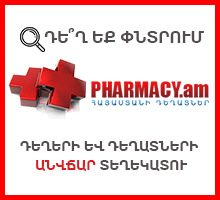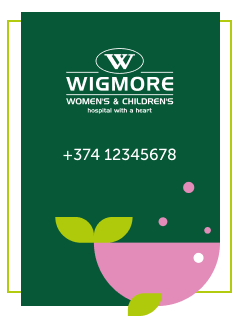Capsaicin has played an important role in folk medicine, often on the basis of using like to treat like, for example, treating burning pain with a substance which causes burning pain. The first formal report of the pain-reducing properties of topical capsaicin in the West appeared in 1850 as a recommendation to use an alcoholic hot pepper extract on burning or itching extremities.Creams, lotions, and patches containing capsaicin, generally in the range of 0.025–0.1% by weight, are now sold in many countries, often without the requirement of a prescription, for the management of neuropathic and musculoskeletal pain. Clinical studies of these medications, usually involving three to five topical skin applications per day for periods of 2–6 weeks, have generally suggested modest beneficial effects against various pain syndromes, including post-herpetic neuralgia (PHN), diabetic neuropathy, and chronic musculoskeletal pain. Since low-concentration, capsaicin-based products often result in contamination of the patient's environment (clothing, bedding, contact lenses, etc.) and each application may be associated with a burning sensation, poor patient compliance with these products is often cited as a likely contributor to limited efficacy.
In an attempt to evaluate whether pain relief could be achieved by a single exposure to a much higher concentration of topical capsaicin, 10 patients with intractable pain syndromes were treated with a compounded high-concentration 5–10% w/w cream. Patients were provided regional anaesthesia for tolerability and airborne contamination of treatment rooms occurred. Based on encouraging results, a high-concentration capsaicin-containing (8%) patch designated NGX-4010 and then given the trade name Qutenza™ was developed and evaluated.
The capsaicin 8% patch is designed to rapidly deliver capsaicin into the skin while minimizing unwanted systemic or environmental exposure of capsaicin to patients and health-care providers. Phase 1 data suggested that a single 60-min patch application was adequate to induce nociceptor defunctionalization, as measured by reversible reduction in intra-epidermal nerve fibres (ENFs), marked by the structural nerve marker protein gene product (PGP) 9.5 immunostaining, and small, reversible alterations in cutaneous nociceptor function. Phase 3 studies demonstrated efficacy against PHN (Fig. 1) and painful HIV-AN (associated neuropathy). For both neuropathic pain syndromes, efficacy was observed to last for 12 weeks. Blinding was provided by a control patch which contained sufficient capsaicin to induce pain and erythema in a substantial number of subjects.
In 2009, Qutenza™ was approved for the treatment of peripheral neuropathic pain in non-diabetic adults in the EU, and in the USA to manage neuropathic pain associated with PHN. One important aspect of this formulation relative to low-concentration capsaicin formulations is removal of the potential for variability in administration and a lack of patient compliance, as its use occurs under the supervision of a health-care professional, and it requires a single application for 30 or 60 min. Furthermore, the environmental contamination issues associated with home use are avoided.

















